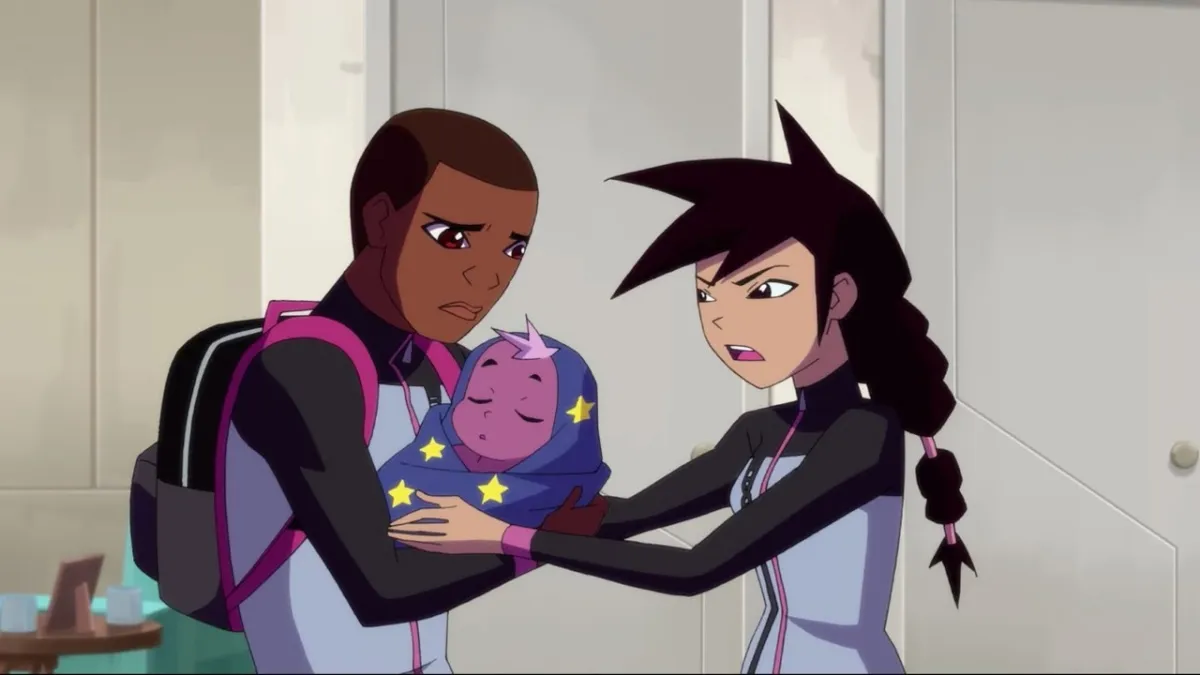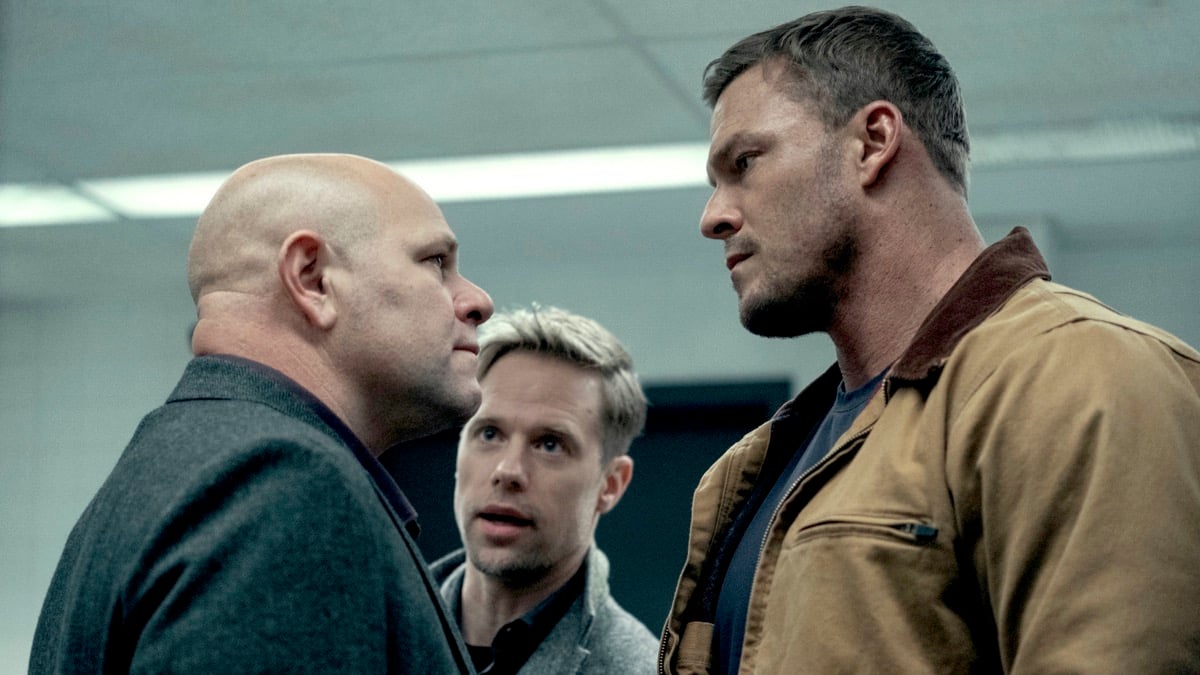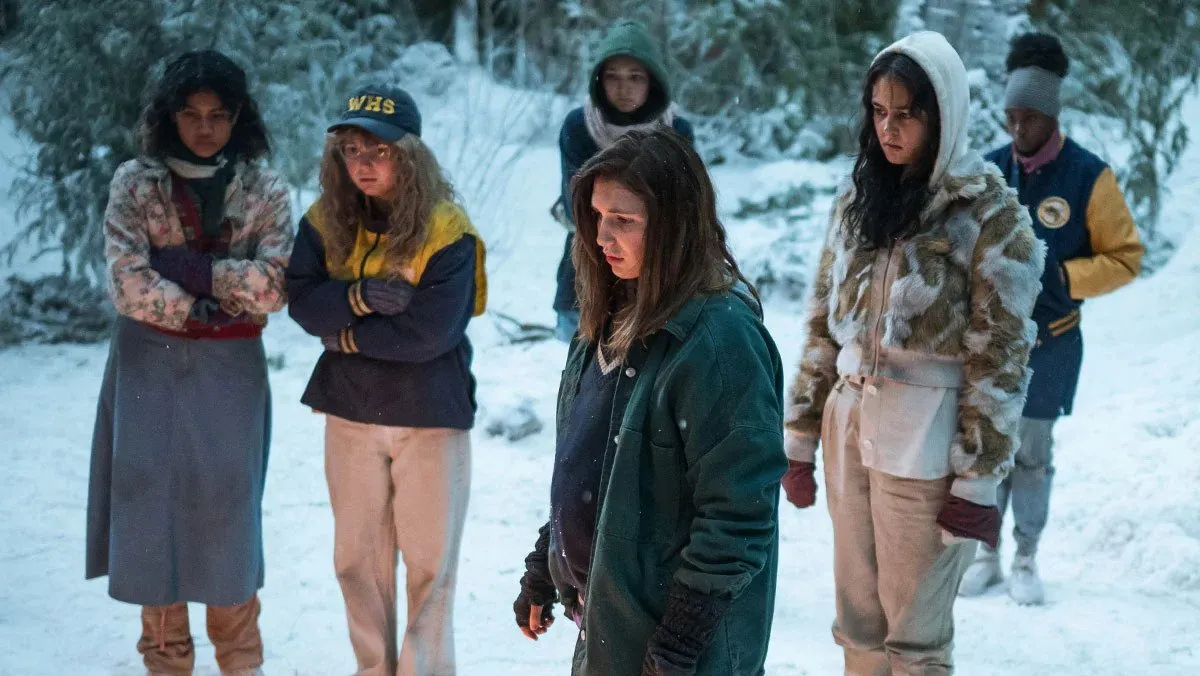The world of children’s entertainment can be a lot more daunting than you would imagine, but one of the most recent pieces of drama has been the discourse over the ethnicity of Kipo from Kipo and the Age of Wonderbeasts.
The discussion started when creator Radford Sechrist addressed the fact that Kipo was not intended to be a biracial character. She was supposed to be just Korean, but then the director asked to redesign her father’s character, who went from being Asian to Black. However, it wasn’t possible at the time to go back and redesign Kipo, so she mostly resembled that previous design.
Sechrist expressed that he was often reluctant to call Kipo Blasian (Black/Asian), because she wasn’t designed or cast that way (the voice actress for Kipo was Karen Fukuhara, who is Japanese).
When a fellow Blerd and Kipo fan sent me this Twitter thread I was initially just confused. It felt like a lot of concern over something that never really stood out to me. Genes are funny, you can often end up favoring one parent over the other and I simply assumed that Kipo took after her mother, but had her father’s eyes. Plus, the fact that she is purple-colored sort of erased any questions I would have had about her complexion.
Since the majority of characters on Kipo are non-white and their voice actors represent that, I wasn’t concerned to have an Asian voice actor play a half-Asian character. On The Owl House, the character of Willow is visibly Asian and played by Korean-Black actress, Tati Gabrielle.
As more diversity in children’s animation has become common, one thing noted is that behind the scenes, creators are still largely white. While Sechrist had a diverse writer’s room that developed changes to the show, such as making Kipo’s father Black, the fact that he didn’t know how to navigate the ethnicity discussion is a reminder of the importance of educating yourself.
Diversity shouldn’t just be about checking a box (which is not what I’m accusing Sechrist of doing), but of understanding the value of what that representation should look like. To do that, you need to be knowledgable, understand some nuances, and be part of conversations in the industry about what people want to see.
Kipo is a fantastic show and I’m glad it existed. I am glad Sechrist took time to try and be transparent about his concerns, but I think the biggest thing he can do is help bring more BIPOC creators into animation to help bring their deeper knowledge alongside the vision. White creators need to realize that the true diversity doesn’t stop on screen, it needs to be on the people beside you bringing a project to life.
(image: Dreamworks/Netflix)










Published: May 9, 2022 10:23 PM UTC